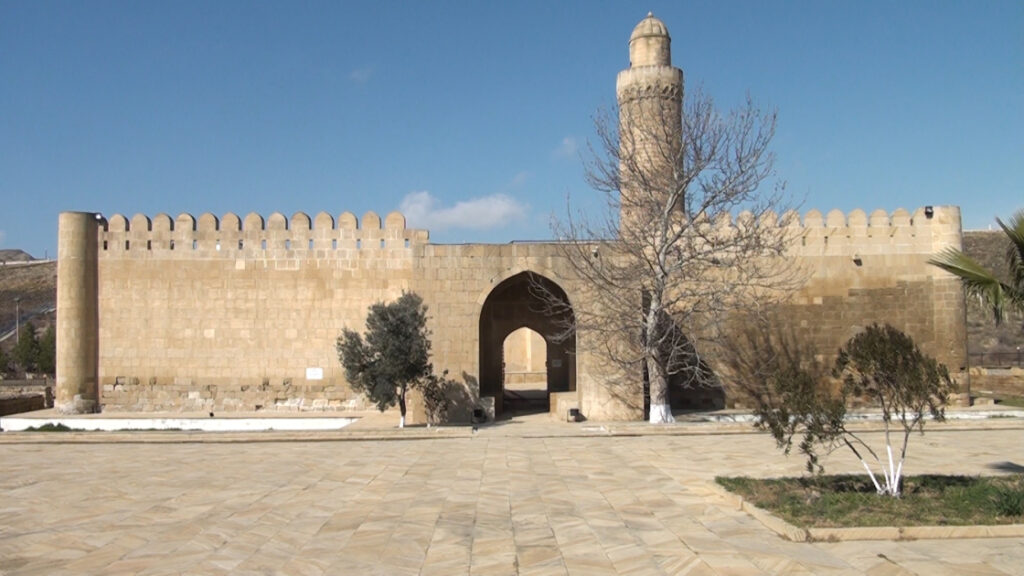Pir Huseyn Khanegah: Azerbaijan’s Most Magnificent Surviving Sufi Monument Preserves Centuries of History

Hajigabul, The Gulf Observer: Of the nearly 400 khanegahs (Sufi lodges) historically spread across Azerbaijan, the Pir Huseyn Khanegah stands out as the most magnificent and best-preserved example, reflecting the spiritual and architectural legacy of the 11th–13th centuries.
Located on the 127th kilometer of the ancient Baku–Salyan trade-caravan route, in the village of Gubalibaloghlan, Hajigabul district, the khanegah is a rare masterpiece of the Shirvan-Absheron architectural school. In recognition of its historical and cultural value, it was officially registered as a monument of national importance by the Azerbaijani Ministry of Culture on January 22, 2004.
According to Maharram Muslimov, Director of the Pir Huseyn Khanegah Historical and Architectural Reserve, the site is one of the artistic pearls of medieval Azerbaijani architecture. Within the Hajigabul district, 14 historical monuments have been registered, seven of which are located within the reserve’s boundaries. These include structures such as the Sardaba, Mosque, Minaret, Tomb, Castle Walls, Ancient Cemetery, and Caravanserai.
The khanegah attracted scholarly attention in the early 20th century. In 1907, Stepan Ter-Avetisyan, then Scientific Secretary of the Institute of Caucasian Studies in Tbilisi, visited the site to document and photograph its decorative tiles. Russian orientalist V.A. Krachkovskaya later deciphered some of the inscriptions based on Ter-Avetisyan’s findings. However, by the time Ter-Avetisyan revisited the khanegah in 1913, many of the decorative tiles had vanished.
Subsequent investigations revealed that the tiles were smuggled out and sold to European museums. Armenian antiquities dealer Kelekyan, in collaboration with a French national named Duffanti, is believed to have facilitated the sale. Today, fragments of these tiles are preserved in the Louvre Museum, the Hermitage Museum in St. Petersburg, the Museum of Oriental Culture in Moscow, and the Tbilisi State Museum.
The Pir Huseyn Khanegah was also home to numerous valuable manuscripts and books from the Early Middle Ages, many of which were deliberately destroyed during the Soviet era.
Adding to its uniqueness, the khanegah compound features ancient wells that have remarkably continued to provide water even during periods of widespread regional drought.
The preservation and study of the Pir Huseyn Khanegah not only illuminate Azerbaijan’s rich Sufi heritage but also highlight the country’s role as a cultural and spiritual crossroads along historic trade and pilgrimage routes.


